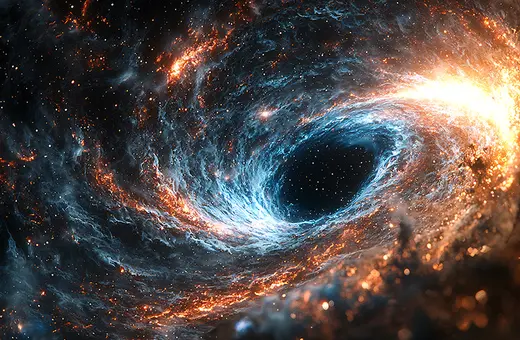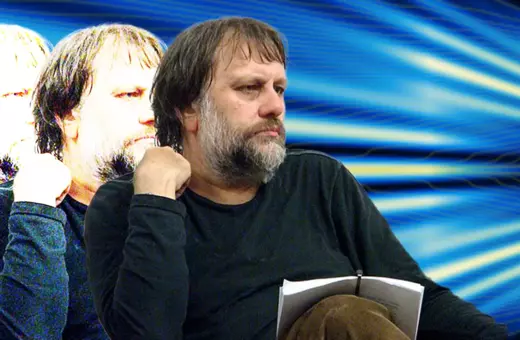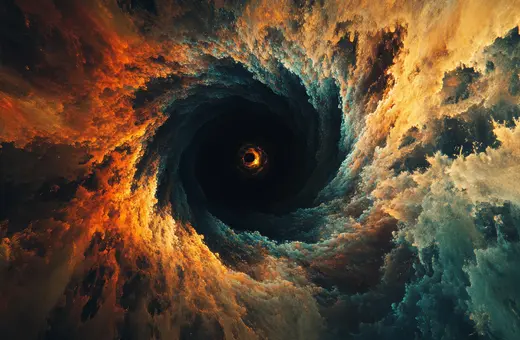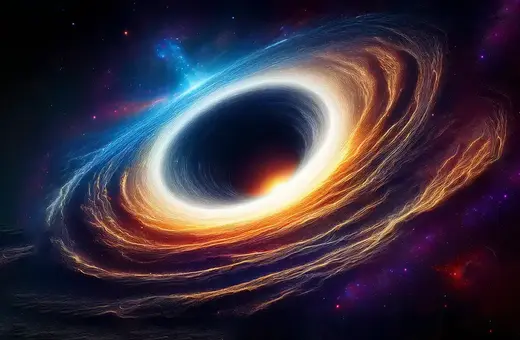Nine leading thinkers interpret the meaning of Schrödinger’s famous thought experiment. Amanda Gefter; Sheldon Goldstein; Jenann Ismael; Chiara Marletto; Tim Maudlin; Alyssa Ney; Tim Palmer; Carlo Rovelli; Lev Vaidman.
Introduction
Contemporary versions of Erwin Schrödinger’s famous cat thought experiment often prefer to use sleeping gas instead of cyanide. But for a cat in a box to be both asleep and awake - as opposed to the original cat which was both dead and alive - is, if decidedly less cruel, just as strange.
Writing to Einstein in 1935, Schrödinger’s imaginary experimental set-up was designed to expose the critical flaws of the Copenhagen interpretation of quantum mechanics, which holds that quantum systems stay in a superposition of two or more states until the system interacts with an external observer [1]].
We might be able to dismiss this effect as a peculiarity of the microscopic world of atoms, but what happens when that world has a direct consequence on the macroscopic, everyday world of tables, chairs, and cats? That’s what Schrödinger’s thought experiment sought to illuminate, and in the process expose the Copenhagen interpretation of quantum mechanics as absurd. It’s one thing having particles be in a state of superposition. But cats? Cats are either one thing or another, dead or alive, they can’t be both, surely...
 SUGGESTED READING
Reality is just a quantum wave function
By Alyssa Ney
“One can even set up quite ridiculous cases”, began Schrödinger as he outlined the equipment: “A cat is penned up in a steel chamber, along with the following device (which must be secured against direct interference by the cat): in a Geiger counter there is a tiny bit of radioactive substance, so small, that perhaps in the course of the hour one of the atoms decays, but also, with equal probability, perhaps none; if it happens, the counter tube discharges and through a relay releases a hammer which shatters a small flask of hydrocyanic acid.
SUGGESTED READING
Reality is just a quantum wave function
By Alyssa Ney
“One can even set up quite ridiculous cases”, began Schrödinger as he outlined the equipment: “A cat is penned up in a steel chamber, along with the following device (which must be secured against direct interference by the cat): in a Geiger counter there is a tiny bit of radioactive substance, so small, that perhaps in the course of the hour one of the atoms decays, but also, with equal probability, perhaps none; if it happens, the counter tube discharges and through a relay releases a hammer which shatters a small flask of hydrocyanic acid.
If one has left this entire system to itself for an hour, one would say that the cat still lives if meanwhile no atom has decayed. The psi-function [wave-function] of the entire system would express this by having in it the living and dead cat (pardon the expression) mixed or smeared out in equal parts.”
Schrödinger's cat. Source: Wikimedia by Dhatfield
Schrödinger didn’t believe that a cat in a smeared-out state of being dead and alive was a serious possibility. He wanted to show the absurd conclusions of the ways in which his ideas had been misunderstood.
Nearly 90 years later, the story of Schrödinger’s Cat still divides philosophers and physicists and gets to the heart of the big philosophical issues with interpreting quantum mechanics.
There are many contemporary versions and readings of the thought-experiment and its lasting implications. Some seem to restore order to a world made topsy turvy by quantum mechanics. Others, which see the creation of multiple cats in multiple universes, might be said to make the original ‘ridiculous case’ look rather mundane.
Here is a selection of the many meanings of Schrödinger’s Cat from some of our favourite thinkers.
Scroll down to read the answers or click to jump to:
___
Amanda Gefter on Schrödinger's QBist cat
___
The tale of Schrödinger’s cat, told with a QBist twist, is not a story about a cat at all. In the usual telling, the wavefunction describes the boxed feline. In QBism, it describes an agent’s beliefs about what will happen if she opens the box.




















Join the conversation